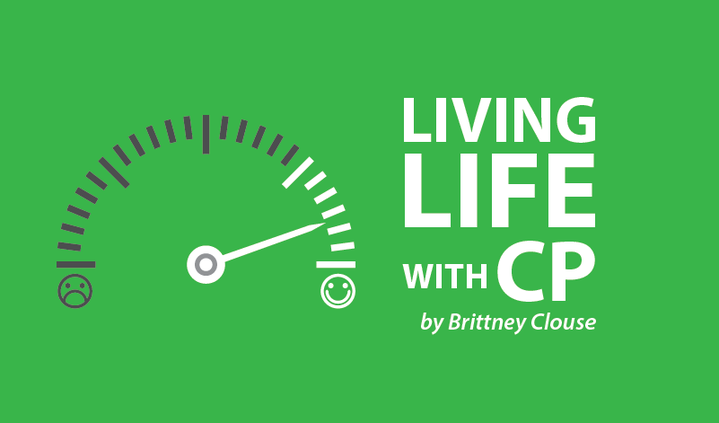While on the topic of things to consider when making a transition, let’s talk about mobility devices, and how to choose the right one for you.
When it comes to mobility aids, there are so many options within options, because most of the time, whichever aid or aids you choose can, and will, be modified to fit your body and your needs. But there are a few basic categories of mobility aid types.
Walking aids
There are many walking aids such as canes, crutches, cane-crutch hybrids, walkers, walker-cane hybrids, or gait trainers. These kinds of mobility aids are typically used if you need a little extra support and stability while walking — a place to bear weight to reduce the strain on muscles and joints. These devices can help you get in motion, and stay in motion.
I do want to mention there are some sub-categories here, such as what I’m going to call a knee walker. This is something you would use if you had normal balance, but need assistance because of a knee, hip, or foot problem. There are seated rolling walkers, too, if you want to walk and also be able to rest when needed.
Wheelchairs and scooters
If you’re someone who is not able to walk, even with assistance, there are different wheeled independence aids. The most common is a wheelchair; there really are only two different types. A manual wheelchair allows you to be mobile through the use of your arms and legs or via another person pushing you. There also is a powerchair, which is an electric wheelchair controlled by you. (There are so many ways powerchairs can be adapted to suit people’s needs (some people drive with their eyes!). If you can’t use a manual wheelchair, but also don’t think you need a full-blown powerchair, there are mobility scooters.
Trailblazing aids
When it comes to mobility aids and assistive devices, you need to keep an open mind and always be exploring and trying out new things. In this column, I talk about mobility aids, but there also are assistive technologies and devices for other problems besides walking challenges that are gaining ground and giving people their independence back. Ranging from hand controls that allow people with mobility issues to drive without touching the petals, to the exoskeleton, which is designed to aid people who perform physical labor. There also are “small” things like hearing aids, shoe horns, or sock aids.
I think you should have multiple mobility aids so that you can pick and choose what you need when you need it. I walk with a walker most of the time. I own a manual wheelchair. I got a mobility scooter recently, and for five years, I owned a powerchair. So, I guess you could say I have options — as I should, and you should, too!
***
Note: Cerebral Palsy News Today is strictly a news and information website about the disease. It does not provide medical advice, diagnosis, or treatment. This content is not intended to be a substitute for professional medical advice, diagnosis, or treatment. Always seek the advice of your physician or other qualified health provider with any questions you may have regarding a medical condition. Never disregard professional medical advice or delay in seeking it because of something you have read on this website. The opinions expressed in this column are not those of Cerebral Palsy News Today or its parent company, BioNews Services, and are intended to spark discussion about issues pertaining to cerebral palsy.



Brittney,
My young adult daughter has CP that affects mostly one leg, so her gait is not “smooth” and walking long distances is tiring. When we travel, we always get a wheelchair and push her. Is there a walker type device you might recommend that would give her just a little “support” so that her walking would be better (and likely last longer on any given day)? She wears a toe-off brace (and that helps immensely), if that gives you an idea of how support helps. Unfortunately, she can’t wear it all day long, leaving us back where we started without something for her to “rest” (like a wheelchair). But, instead of the wheelchair, I’m wondering about something SHE can use to help herself. Thank you!